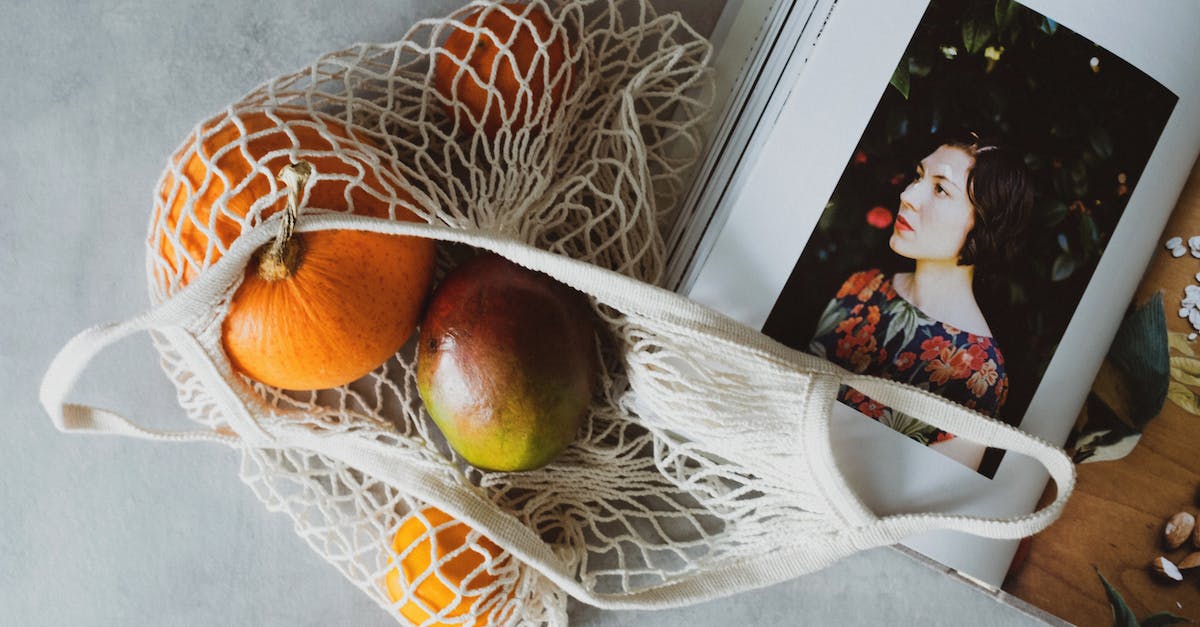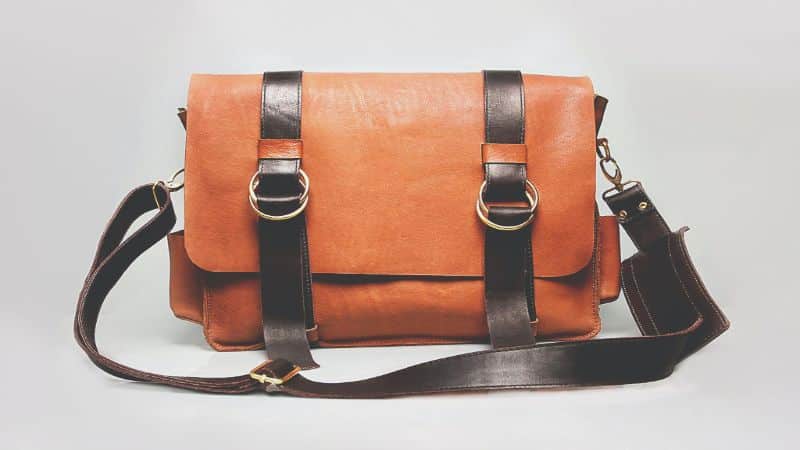Ever wondered about the stories behind your trusty handbag? It’s not just a fashion statement—it’s a rich tapestry of history and innovation right on your shoulder. From ancient pouches to modern marvels, handbags have been by our side, quite literally, through centuries of change.

You might be surprised to learn that handbags have played a pivotal role not just in fashion, but in societal shifts too. They’ve been symbols of status, tools of trade, and even catalysts for independence. Stick around, and you’ll uncover some fascinating tidbits about the accessory that carries your world.
The Evolution of Handbags
Handbags have transformed dramatically through the ages. Once primal pouches, they’ve evolved into today’s high-fashion statements. Imagine this: early humans used them for carrying seeds and tools. Your modern clutch or tote started there!
From Pouch to Purse – It’s fascinating, isn’t it? In the 14th century, both men and women carried a girdle pouch, essentially a small bag tied around the waist. Those weren’t just carrying aides but symbols of personal style.
The 19th Century Boom – This period marked a seismic shift. Handbags called ‘reticules’ emerged as the first true handbags for women, sparking a new accessory trend. Lego-style closures and embroidery were the rage.
Industrial Revolution Impact
Here’s where things get industrial. The 19th century’s technological advances brought train travel. What’s that got to do with handbags? Travel required luggage, and ladies desired something small, practical yet stylish to keep their essentials.
- Steamer Trunks to Hand-held Luxury – Louis Vuitton and others pioneered the design of luxury luggage and eventually, smaller hand-held bags.
Handbags Shaping Society
In the 20th century, women’s roles evolved, and handbags did too. During WWI and WWII, practicality won. Shoulder bags, with compartments for gas masks, made their mark. After the wars, handbags synced with the hourglass silhouettes of 1950s fashion. Think of those structured, chic designs.
- Designer Influence – Icons like Coco Chanel and Hermes defined decades with bags symbolizing freedom and fashion.
Innovations and Trends
The last century has been a whirlwind of designs. From practical totes to mini-bags on runways, every decade spawns new crazes.
- Material Matters – The use of synthetic materials in the 1990s changed the game. Handbags became more accessible and diverse.
- Tech Meets Tote – Today, you might find bags with built-in chargers or pockets sized for smartphones. Tech-savvy yet fashionable.
Handbags aren’t just for carrying items; they’re personal expressions. Each decade unfolds more styles, functions, and materials, making handbags an ever-evolving accessory.
Handbags as Status Symbols
When you dive into the world of handbags, you’ll find that they’re not just about carrying essentials. They’re a powerful status symbol. In societies past and present, the type of handbag you carry often speaks volumes about your social standing, income level, and fashion savvy.
Luxury brands like Hermes, Chanel, and Louis Vuitton dominate the status symbol conversation. More than just accessories, their bags are investments with hefty price tags that can range into the thousands. The renowned Hermes Birkin, for example, isn’t just a bag—it’s a legacy. Known for its exorbitant cost and rarity, owning a Birkin sends a clear message about your wealth and exclusivity.
Here’s a quick glance at the typical price range for a Birkin bag:
| Hermes Birkin Size | Price Range USD |
|---|---|
| 25cm | $9,000 – $12,000 |
| 30cm | $10,000 – $13,000 |
| 35cm | $11,000 – $15,000 |
| 40cm | $12,000 – $17,000 |
Waitlists for these bags can be years long, adding to their allure.
But it’s not just about cost. Limited edition handbags and one-of-a-kind pieces signal exclusivity. Owning something that few others have bolsters your status. It’s a clear indicator you’re in a distinguished league of your own.
Materials matter, too. High-quality leather, rare skins, and unique embellishments contribute to a handbag’s prestige. Think about crocodile, ostrich, and snakeskin—these materials up the ante on uniqueness and cost.
Collaborations between high-end designers and artists or celebrities often create buzzworthy, collectible items. Owning one of these limited editions bags is akin to owning a piece of history, cementing your status in the fashionable elite.
As fashion evolves, so does the status afforded by your handbag. Stay attuned to the latest trends, and you’ll see how quickly a new release becomes the next timeless status symbol.
Handbags as Tools of Trade
Handbags serve more than just a fashion purpose; they’re integral to many professions. Picture a medical professional without their trusty bag of essentials or a photographer without a robust, compartmentalized gear bag. In many trades, the handbag you carry is as significant as the tools within.
For Professionals on the Move
For business professionals, a handbag often doubles as a portable office. Laptops, chargers, and documents neatly tucked into a leather briefcase aren’t just about style; they’re about function. These bags are designed with multiple pockets and padded compartments to protect electronics and organize necessities.
- Lawyers
- Real Estate Agents
- Consultants
« How Long Does a Handbag Last? Maximize Durability with These Tips
Is Handbag Allowed in Emirates? Avoid Extra Fees with This Guide »
Each of these professions has a specific need for a reliable bag that suits their daily hustle.
In the Creative Realm
In the creative industries, handbags take on a unique form. Think of a makeup artist’s kit or a fashion stylist’s tote. These are their mobile workstations. Specific spaces for brushes, palettes, or cameras that can be accessed at a moment’s notice.
Utility in All Shapes and Sizes
It’s not just about ample space though. Durability plays a key role. Bags made of heavy-duty materials like canvas or ballistic nylon can handle the wear and tear of constant travel. Zippers and closures are also critical, as they help keep valuable tools secure.
The Right Bag for the Right Job
Choosing the right handbag can make all the difference in your day-to-day efficiency and productivity. Whether it’s a sleek messenger bag or a rugged tool tote, the ideal handbag matches the requirements of your trade. It provides comfort, increases your professional appearance, and ultimately makes your workload more manageable. Remember, it’s not just an accessory; for many, it’s a career essential.
Handbags and Social Change
Handbags have always been more than just a place to stash your essentials. They’re enmeshed in the fabric of societal evolution. During the women’s suffrage movement of the early 20th century, handbags became symbols of female autonomy. Suffragettes often carried bags that held not just personal items but pamphlets and documents related to their cause.
In the 1960s, the youth counterculture movement birthed the popularity of the bohemian style including sling bags and fringed purses. These bags mirrored the free-spirited attitude that was challenging traditional norms. As social barriers broke down, so did the strict norms around handbags, leading to a more expressive and varied use of the accessory.
Fast forward to today and you’ll see handbags being used as vessels for political statements. Designers now often infuse their collections with messaging that reflects current events or social justice issues. These bags make their way to high-profile events, like award shows, where celebrities use their platform to highlight causes close to their heart through the choice of their accessories.
- Functionality meets activism: Some brands have tied handbag sales to charitable causes. For every bag sold, a donation may be made to initiatives supporting women’s education or environmental sustainability.
- Ethical sourcing and production: Consumers have become more conscious of their purchases. Bags made from upcycled materials or produced with fair labor practices are gaining traction.
Handbags play a dynamic role in echoing the changes in society. While still an object of desire for many, they have become a means of support for philanthropic causes and socially responsible practices. Your choice of bag can now say much about your personal style as well as your values.
Interesting Handbag Innovations
Handbags aren’t just about fashion; they’re a canvas for ingenuity. Over the years, creatives in the fashion industry have pushed the envelope, integrating technology and creativity to craft accessories that stand out. Self-cleaning fabrics and built-in chargers are just the tip of the iceberg.
In the realm of luxury, handbags have adopted cutting-edge materials. Think carbon fiber incorporated into high-end totes, offering durability without sacrificing style. Another highlight has been the use of smart locks, blending security with sophistication.
Tech-savvy designers haven’t missed out on the digital wave. GPS tracking capabilities now find their way into bags, protecting your investments from loss or theft. Moreover, LED lighting systems are fitted inside some designs, ensuring you’ll always find what you need, even in the dark.
For the environmentally conscious, innovations steer towards sustainability. Items crafted from recycled materials or vegan leather are gaining prominence, appeasing fashion-forward eco-warriors. Even the packaging is changing, now often biodegradable and reusable.
From a practical standpoint, ergonomics play a vital role in recent handbag designs. Adjustable straps, supportive back panels, and strategic pocket placements all cater to comfort and ease. It’s all about carrying essentials without the strain.
The fusion of fashion and function paints a bright future for handbags. With these advancements, your bag becomes more than a simple accessory; it’s a testament to modern innovation and aesthetics. Keep an eye on these trends, for they’re reshaping the way you think about—and carry—your daily essentials.
Conclusion
You’ve just unpacked the fascinating world of handbags, from their storied past as emblems of power to their present as marvels of innovation. With every zipper and stitch, they’re not just holding your essentials—they’re carrying centuries of history and groundbreaking technology on your shoulder. As you sling your bag over your arm tomorrow, remember it’s more than an accessory; it’s a piece of evolution, a nod to social progress, and a companion that’s keeping pace with the times. Here’s to the humble handbag—may it continue to surprise and support us in ways we’ve yet to imagine!
Frequently Asked Questions
How have handbags evolved as status symbols throughout history?
Handbags have progressed from mere items for carrying essentials to indicators of social status. Historically, the materials, craftsmanship, and brands of handbags have been used to signify wealth and class.
In what way have handbags been tools of trade?
Historically, handbags served practical purposes for carrying trade tools or goods. Over time, they’ve evolved but still offer compartments and features catering to professionals’ and traders’ needs.
What role have handbags played in social change?
Handbags have symbolized female autonomy, as their popularity rose with the women’s suffrage movement. They have also been used to support charitable causes, furthering their impact on social change.
What innovations in handbag design are highlighted in the article?
The article mentions several handbag innovations, including self-cleaning fabrics, built-in chargers, carbon fiber materials, smart locks, and GPS tracking, which show the blend of fashion with technology.
How are modern handbags incorporating sustainability?
Modern handbags are increasingly made with sustainable materials, reducing environmental impact. They represent the fashion industry’s shift towards more eco-friendly practices.







